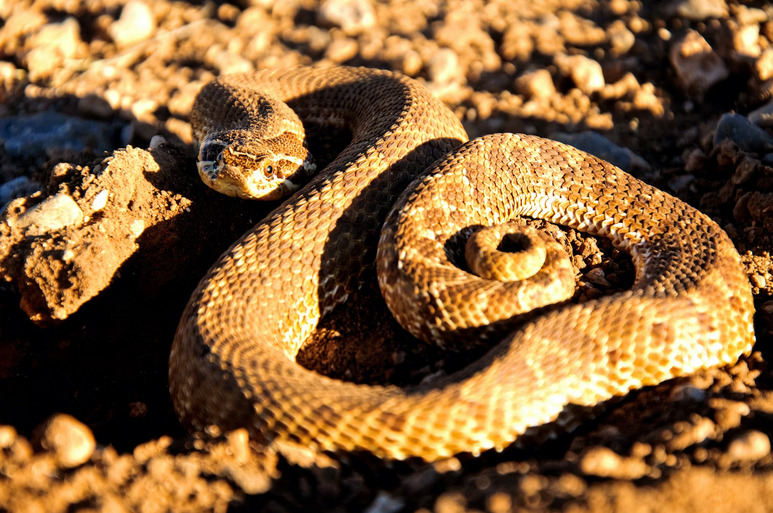African vine snakes (genus Thelotornis) are a fascinating group of arboreal reptiles known for their remarkable hunting strategies. Although there are many different snakes worth exploring, this specific creature is quite interesting. These slender and highly adaptable snakes possess unique predatory tactics that enable them to capture prey with precision and efficiency. In this article, we will explore four key factors that shed light on the hunting behavior and tactics employed by African vine snakes.
Camouflage and Ambush

One of the most notable hunting strategies of African vine snakes is their exceptional camouflage abilities. These snakes possess coloration patterns that closely resemble vines or branches found in their natural habitat. By blending seamlessly with their surroundings, they can remain virtually invisible to both prey and potential predators. African vine snakes utilize this camouflaging technique to lie in wait patiently for unsuspecting prey to pass by. Once an opportunity arises, they strike swiftly and accurately.
Arboreal Hunting Techniques
As arboreal hunters, African vine snakes exhibit remarkable agility and maneuverability in trees and shrubs. They employ a unique hunting technique known as “branch-walking.” By moving along branches using a specialized technique that mimics the swaying motion of a vine, these snakes can approach prey without alerting them. This method allows them to get within striking distance without causing any disturbance, maximizing their chances of capturing prey successfully.
Prey Selection and Feeding Strategy
 African vine snakes primarily feed on small vertebrates, such as lizards, frogs, and birds. Their slender bodies and elongated snouts are well-suited for capturing agile prey. Once a vine snake seizes its prey with its highly specialized teeth, it employs a unique feeding behavior called “rear-fanged envenomation.” These snakes possess venom glands towards the back of their jaws, allowing them to inject venom into their prey. This venom immobilizes the prey quickly, facilitating ingestion while minimizing the risk of injury to the snake.
African vine snakes primarily feed on small vertebrates, such as lizards, frogs, and birds. Their slender bodies and elongated snouts are well-suited for capturing agile prey. Once a vine snake seizes its prey with its highly specialized teeth, it employs a unique feeding behavior called “rear-fanged envenomation.” These snakes possess venom glands towards the back of their jaws, allowing them to inject venom into their prey. This venom immobilizes the prey quickly, facilitating ingestion while minimizing the risk of injury to the snake.
Adaptations for Prey Capture
African vine snakes exhibit several physiological adaptations that aid in prey capture. Their long, slender bodies enable them to navigate through dense vegetation effortlessly, while their prehensile tails provide additional support during climbing and ambushing. Additionally, their remarkable binocular vision allows for precise depth perception, enabling accurate strikes. These adaptations, combined with their exceptional hunting techniques, make African vine snakes formidable predators in their environment.
African vine snakes employ a range of predatory tactics that make them highly successful hunters in their natural habitat. From their exceptional camouflage and ambush techniques to their arboreal hunting strategies, these snakes have evolved specialized adaptations for effective prey capture.…

